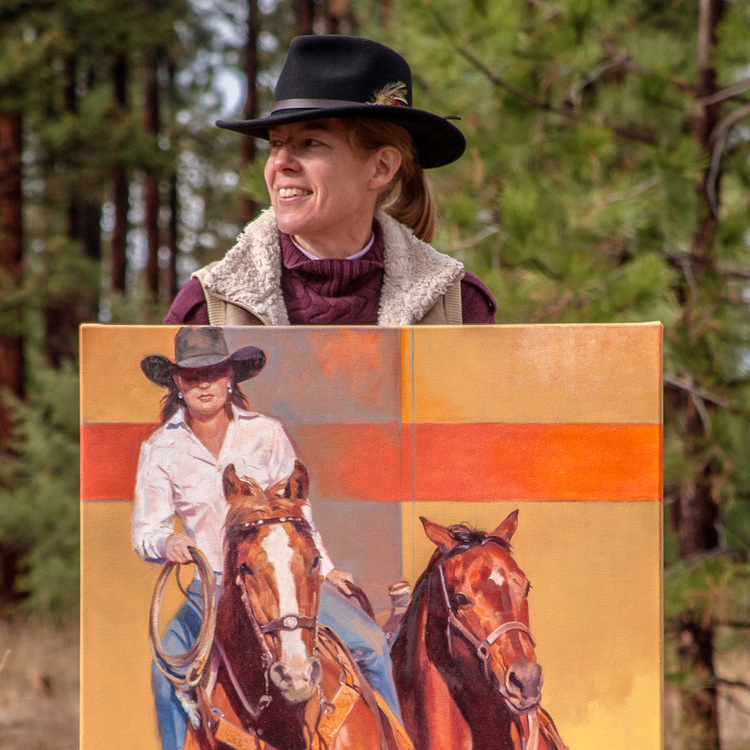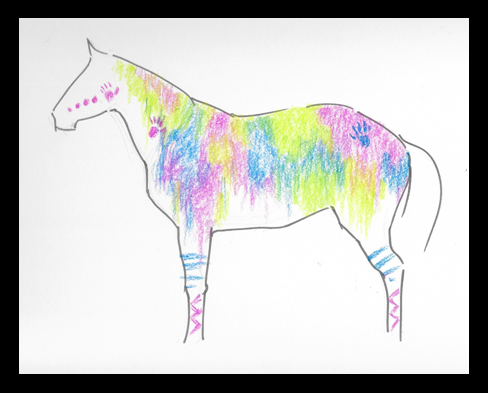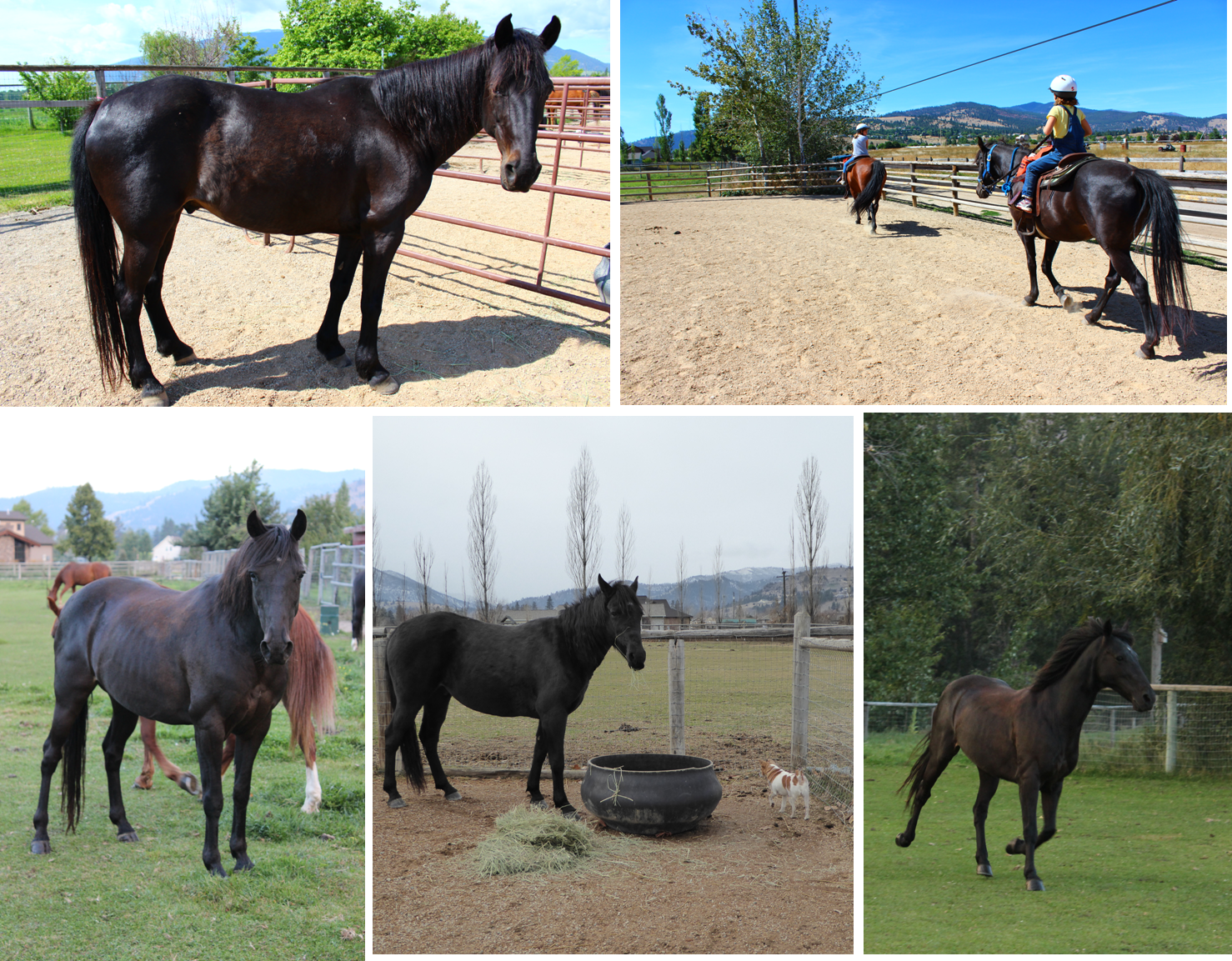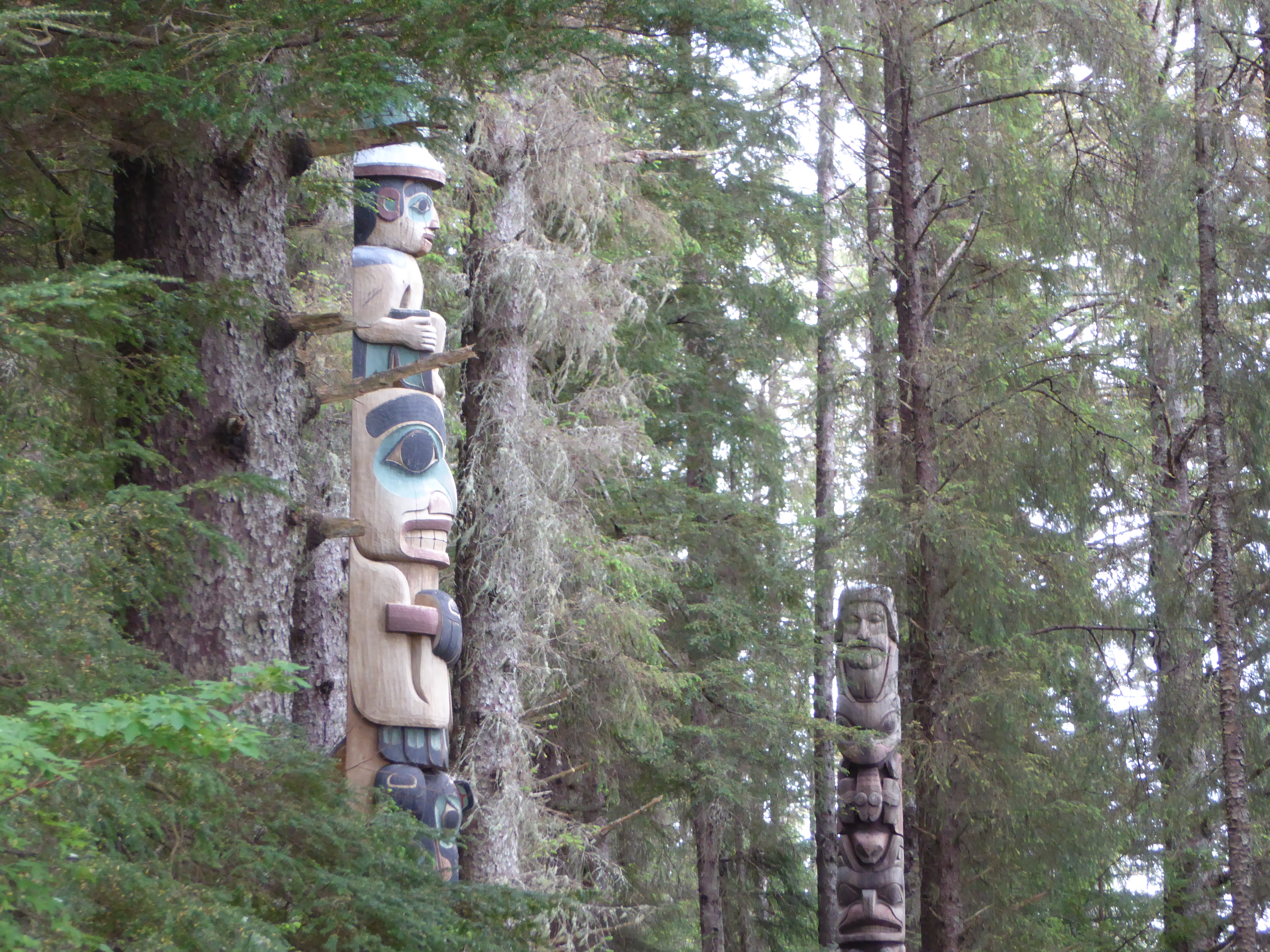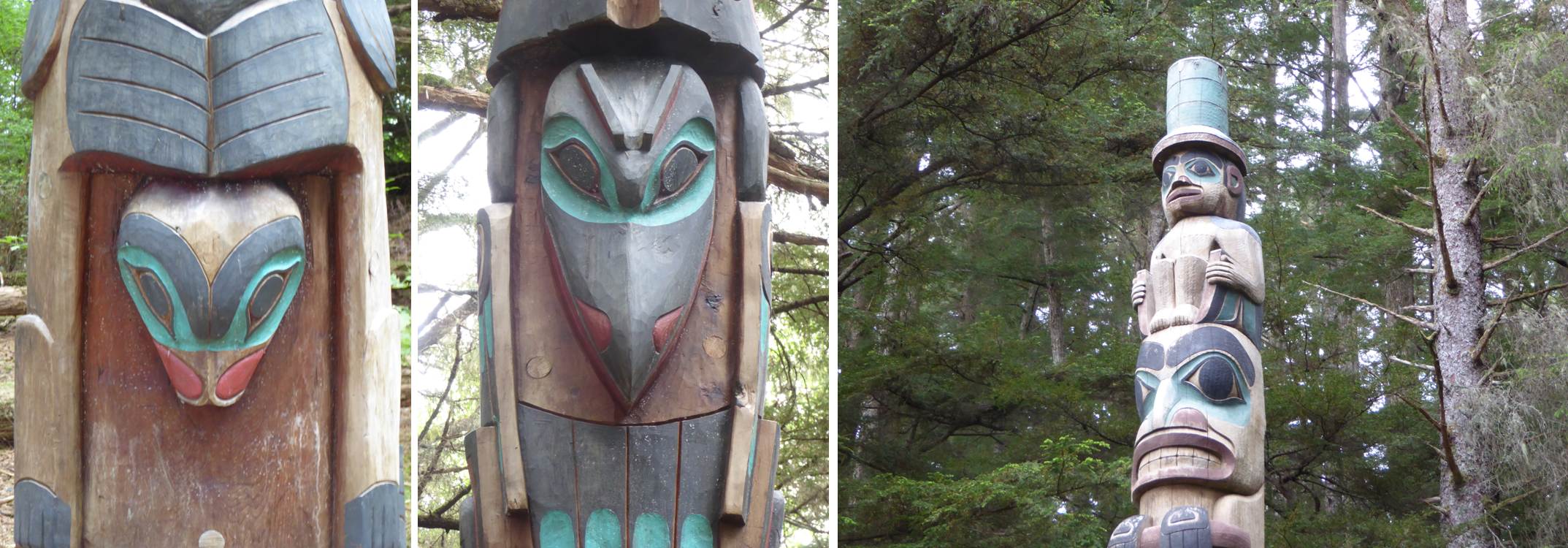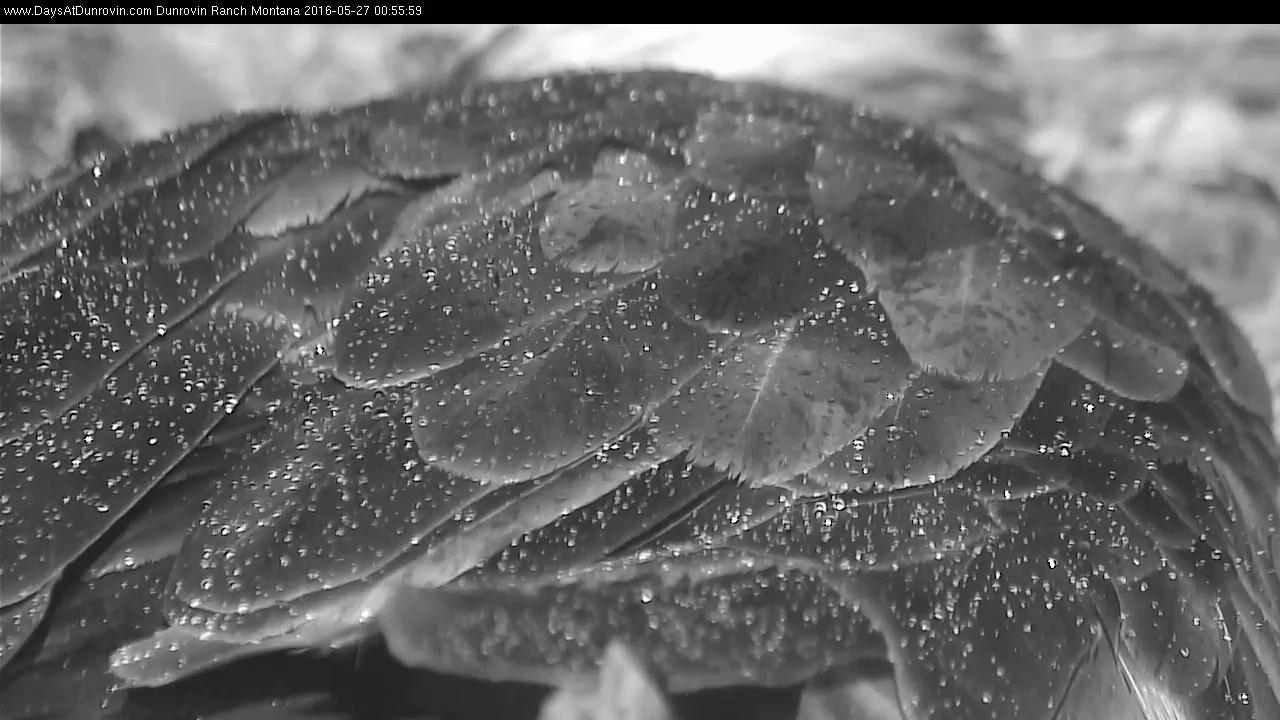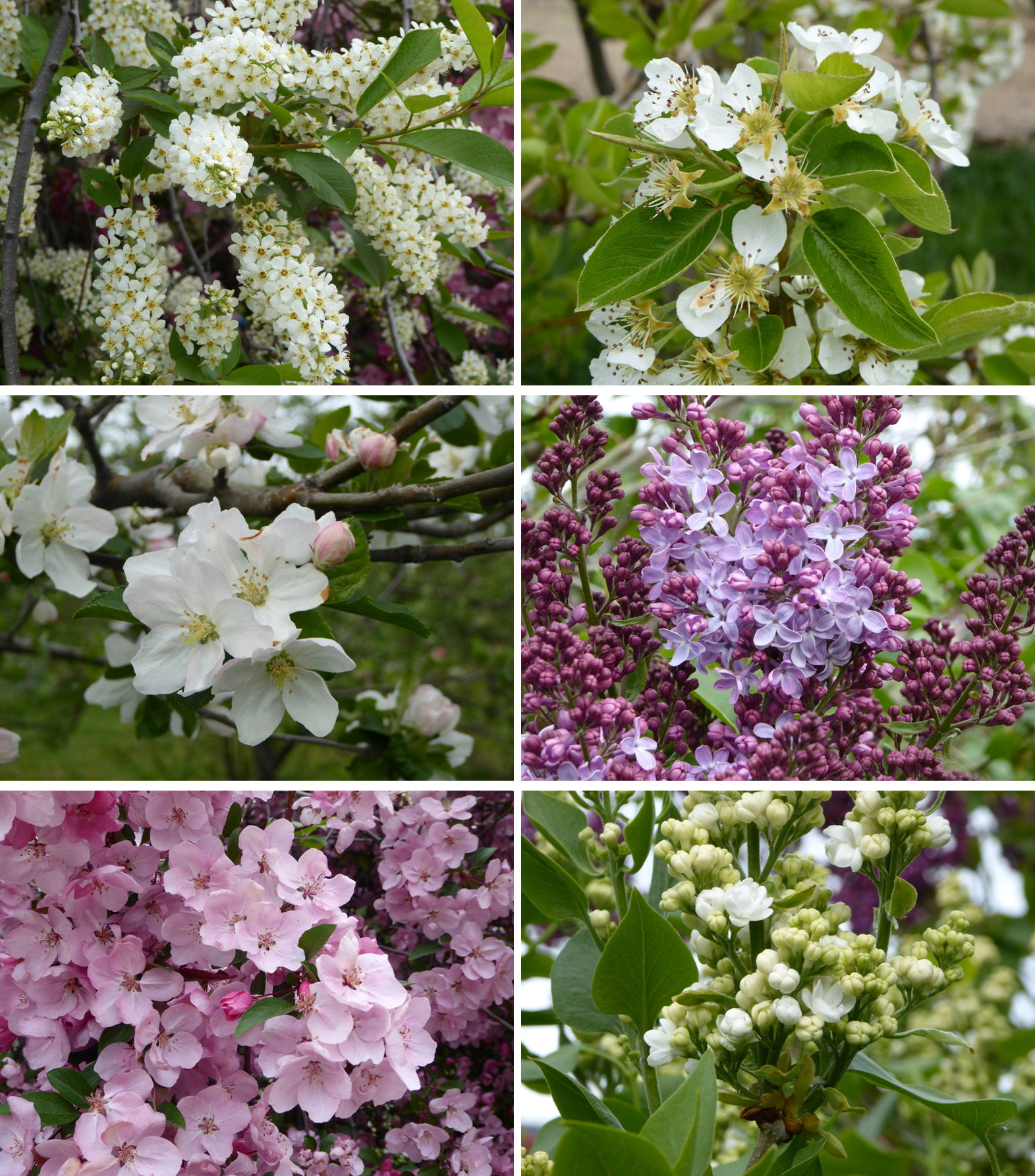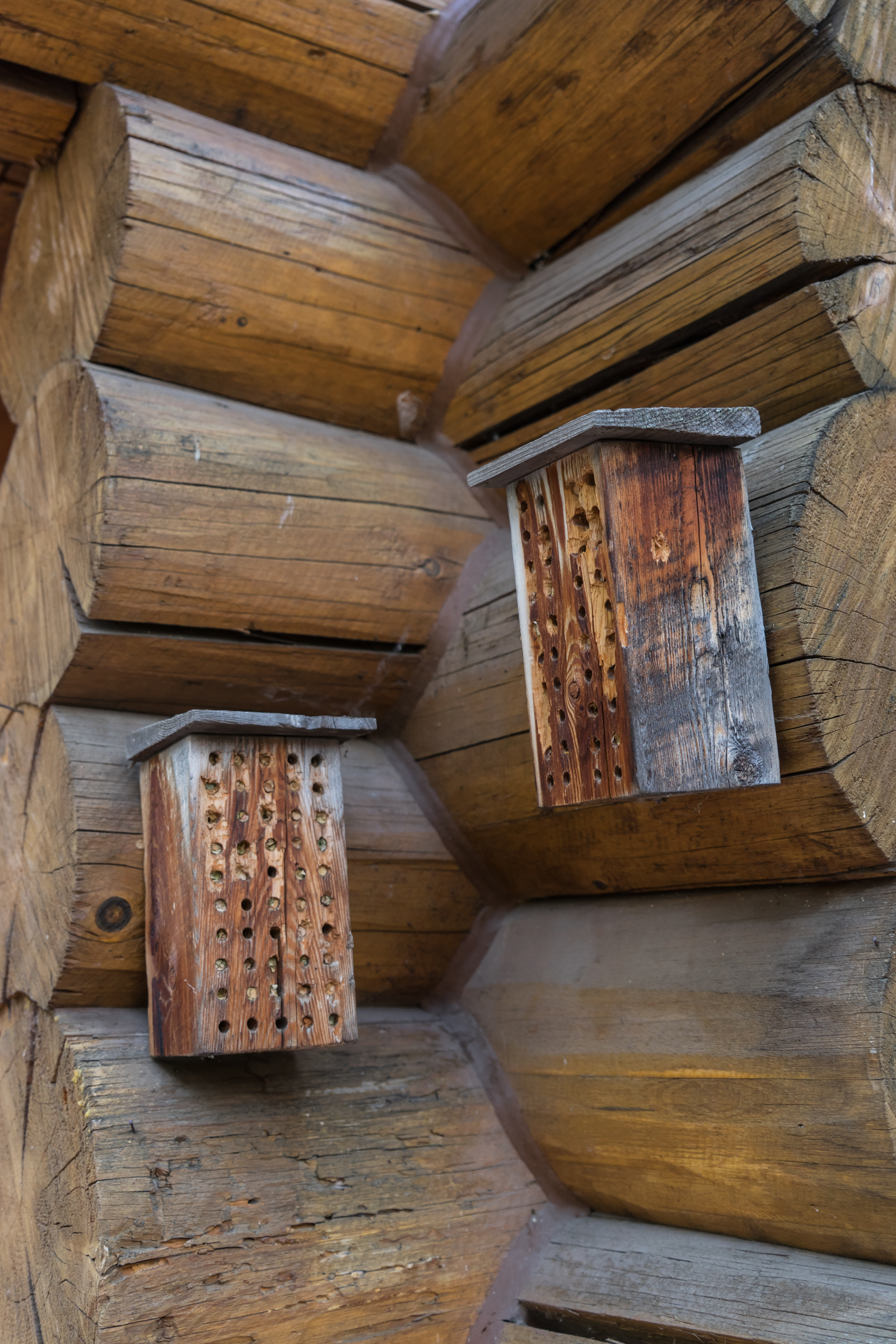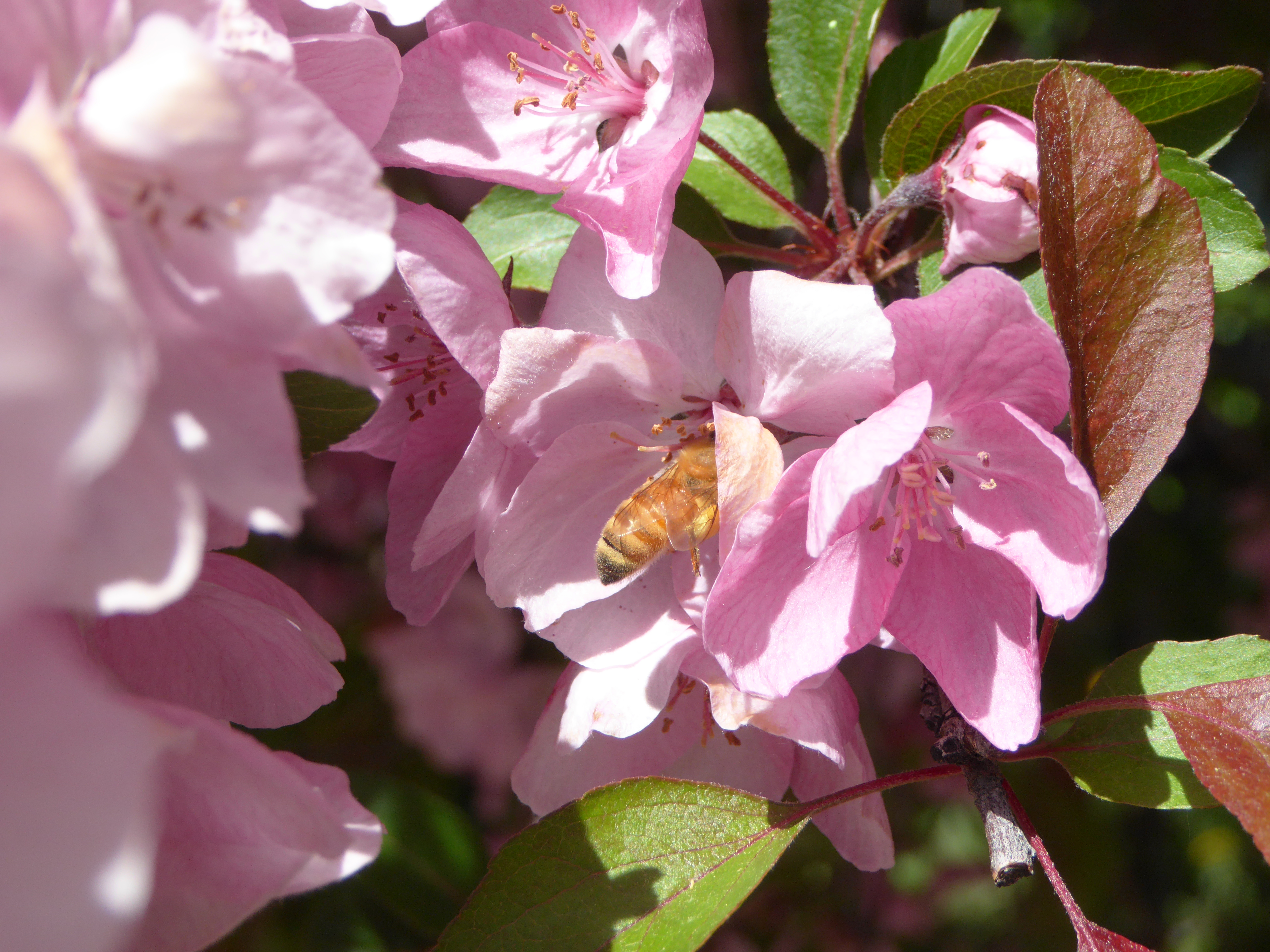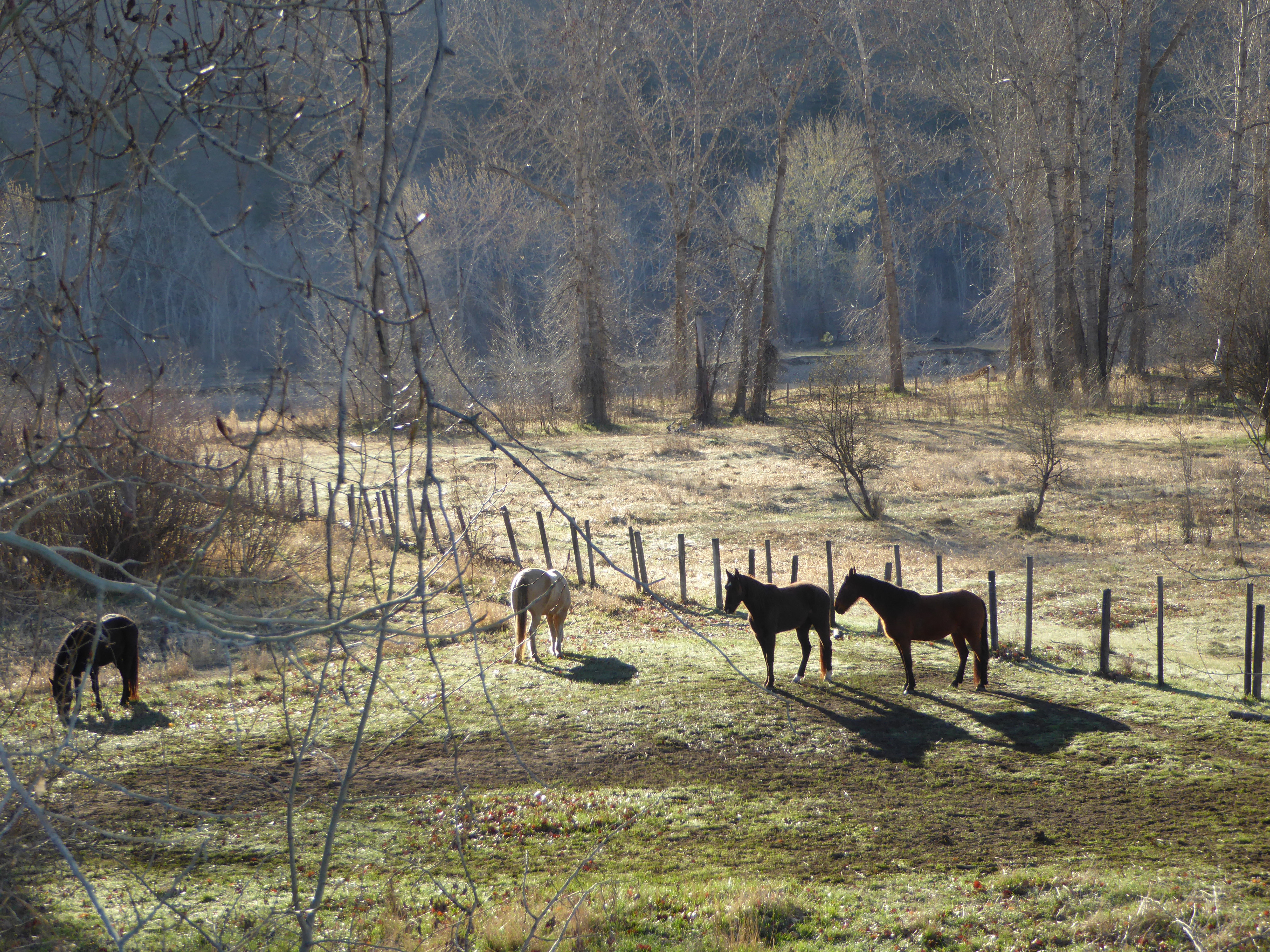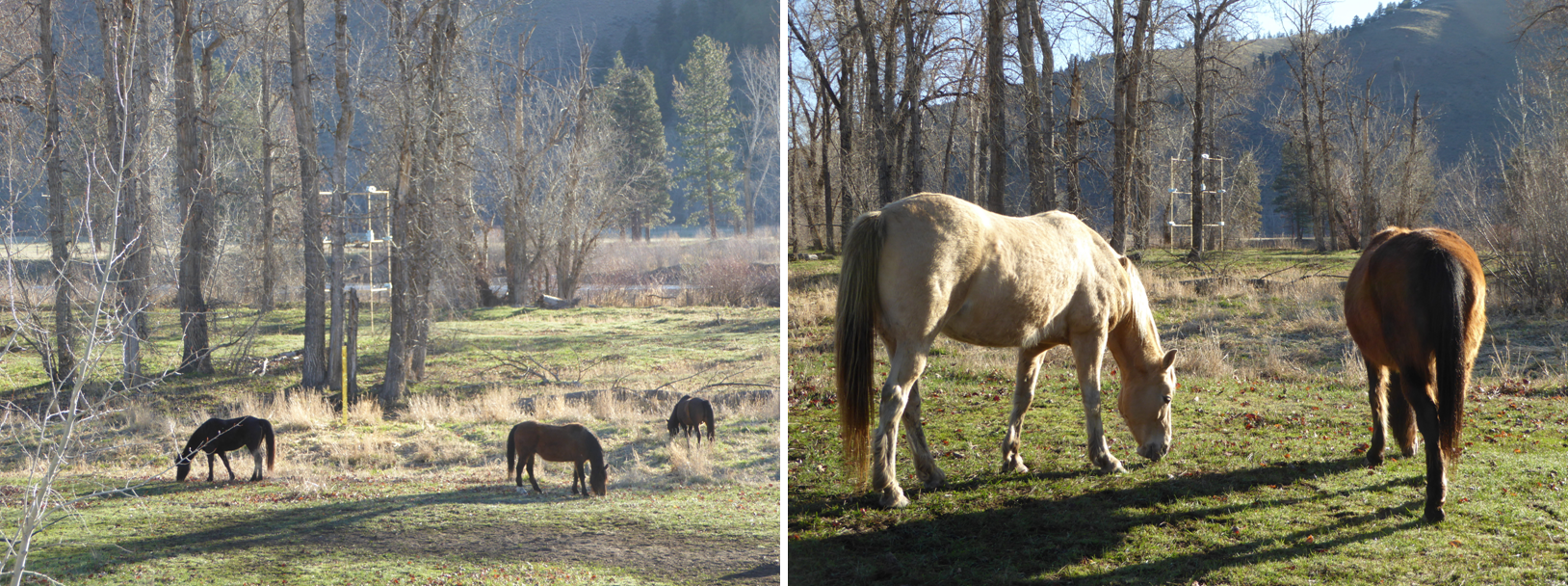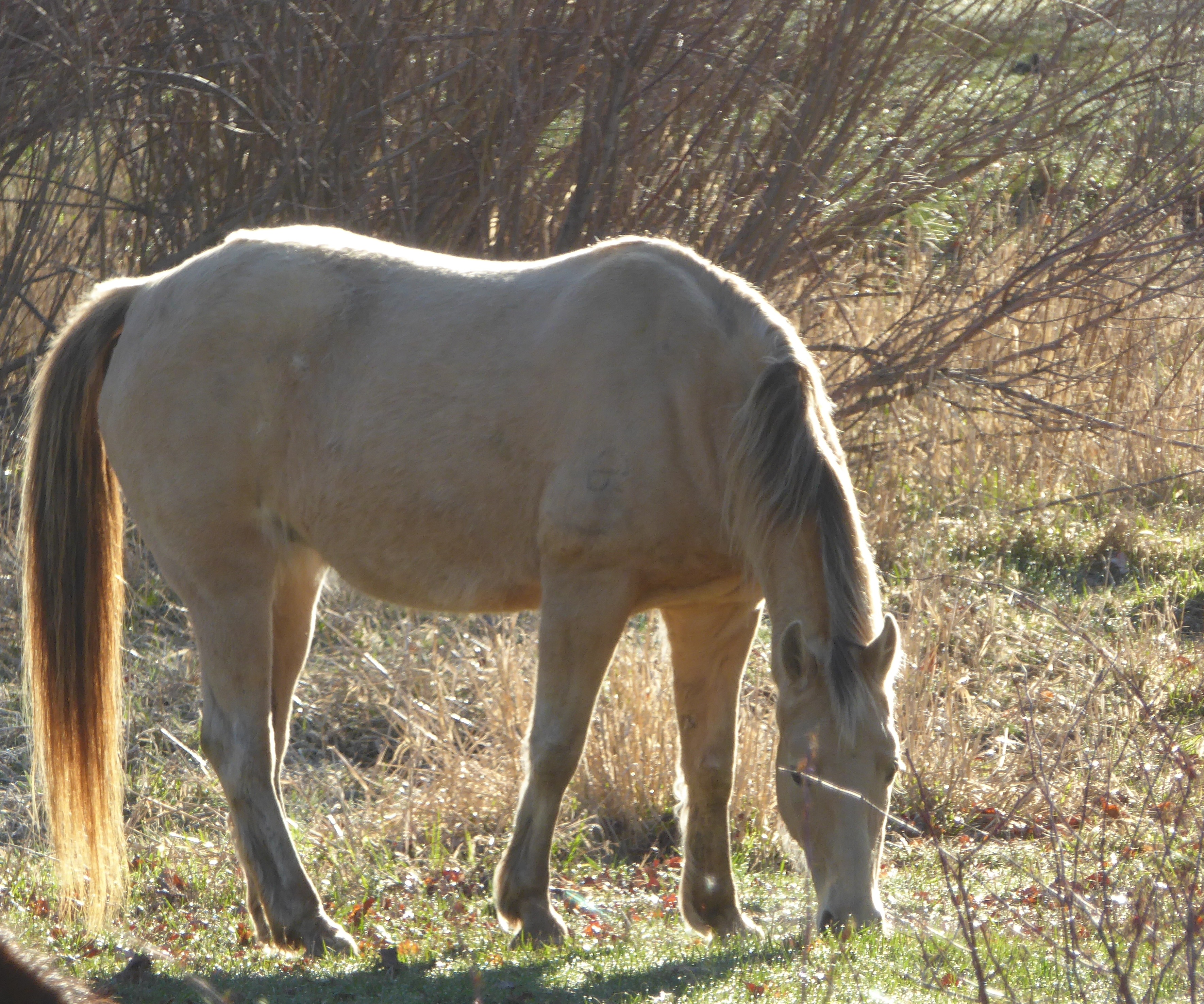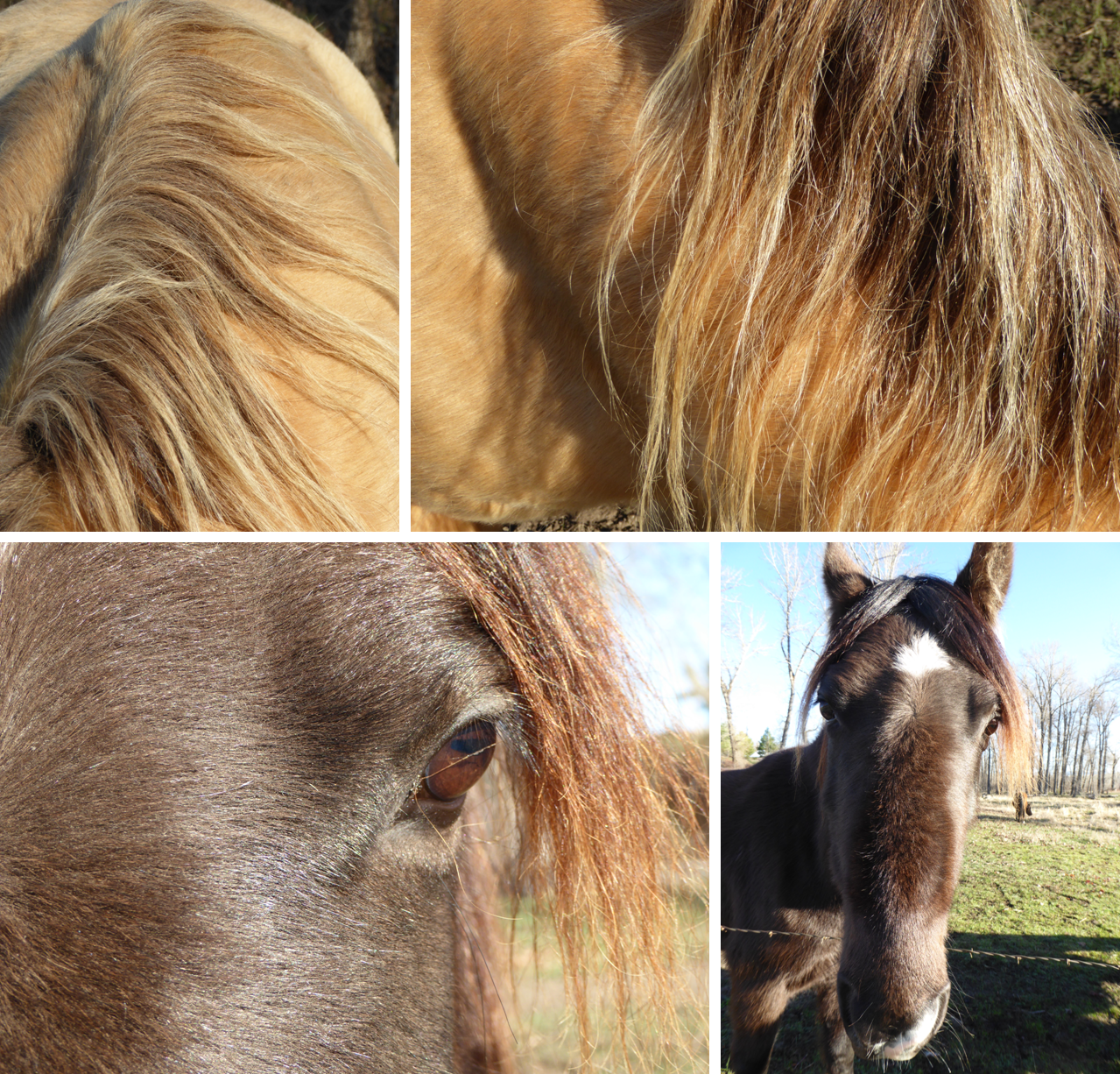Artist’s Website: www.julietchapman.com
Artist’s Biography
I adored horses, but never had one as a kid (even though I grew up on a small family farm in Ohio! the injustice of it all…). I loved science, math, and art, so – naturally enough – got an engineering degree and went to work for HP in northern California after college. There I finally got into horses, and competed in dressage and 3-day eventing for years.
Despite long hours in R&D and marketing at HP, I never stopped drawing. Winning the 2003 Arts for the Parks $50,000 Grand Prize kicked me in the butt in many ways, so we moved from California to Montana, and I became a full-time artist. I already knew and loved Yellowstone and Glacier for wildlife reference material, but in Montana I discovered the joys of small-town summertime rodeo (color! drama! horses in action!).
I recently made my first trip to Africa – the holy grail for wildlife artists – and fell in love with the beauty and diversity of the animals there. I’m enjoying exploring African subject matter in my scratchboards and paintings, and I can’t wait to return.
I’m very privileged to have work in museums and collections in the U.S., Canada, Europe, and Asia, and to be juried or invited into a number of national and international shows annually (subscribing to my Artzine will keep you abreast of my event calendar). I’m also honored to be represented by a wonderful coterie of galleries in the U.S. and abroad (see the list above). My sincere thanks go to the ever-increasing number of collectors who have brought my work into their homes – they inspire me to keep growing!
RECENT HIGHLIGHTS
2016: FIVE different articles in 5 different publications! (see Biblio)
2016: Steel Dust Award (best of show) — America’s Horse in Art, Amarillo, TX
2014 – 2015: Wild 100- National Museum of Wildlife Art, Jackson, WY
2012: Birds in Art – Leigh Yawkey Woodson Museum of Art, Wausau, WI
2012-2013: David Shepherd Wildlife Artist of the Year Exhibition – London
2011: Cover, December issue of Southwest Art
2011: Best of Show (Flatwork) – Calgary Stampede Western Showcase art auction
2011: “Wild West – Beauty of the Beast” (an invitational of 5 painters and 5 sculptors) – Rockwell Museum of Western Art
MUSEUM & PUBLIC COLLECTIONS
2006 Leigh Yawkey Woodson Art Museum – Wausau, WI
2005 Lookout Mountain Nature Center – Golden, CO
2005 Hilton Garden Inn – Missoula, MT
2004 Commission for the Baltimore Ravens NFL team – Baltimore, MD
2002 The Wildlife Experience – Denver, CO
2002 Hiram Blauvelt Museum – Oradell, NJ
S E L E C T E D NATIONAL & INTERNATIONALJURIED, MUSEUM & INVITATIONAL EXHIBITIONS
2014-17 America’s Horse in Art – Amarillo, TX
2015 The Horse in Contemporary Art – Dorset, England
2015-17 Southeastern Wildlife Expo – Charleston, SC
2012-13 David Shepherd Wildlife Artist of the Year exhibition – London, UK
2011-17 Cheyenne Frontier Days Western Art Show – Cheyenne, WY
2010-14 Calgary Stampede Western Art Show & Auction – Calgary, BC, Canada
2008-15 Panhandle Plains Museum Invitational – Amarillo, TX
2006-15 C.M. Russell Auction – Great Falls, MT
2004-15 Western Visions / Wild 100 – National Museum of Wildlife Art, Jackson, WY
2011 “Beauty of the Beast”: 5 Sculptors & 5 Painters – Rockwell Museum, Corning, NY
2007 “Out West, The Great American Landscape”, Meridian Internat’l – China
2003, ’06, ’12 Birds in Art – Leigh Yawkey Woodson Art Museum, Wausau, WI
Artist’s Statement Regarding Horse of a Different Color
My concept is based on the Indian ‘color’ holiday Holi, which uses colored cornstarch powder flung over participants. The “Color Run” fun runs here in the US borrow from that idea. I plan to use colored cornstarch powders and chalk paint (used by kids to decorate themselves, sidewalks, etc.) to create an abstract design, borrowing a bit from Jackson Pollock, on whichever horse I’m assigned. My color choices would depend on the color of the horse. A chestnut would probably get a lot of turquoise and yellow powder; a bay would get chartreuse and blue; a black horse would get ‘hot’ colors (magenta, orange, yellow) with some cool color thrown in. Chalk paint would be used for thin lines and drips. Please note that I do not intend to actually “fling” powder onto the horse; it can be applied by hand or by sifting lightly. I would experiment with color powder on both dry and wet areas of the coat. Given all that, any sketch I submit can only be a very rough approximation of the actual outcome.
Artist’s Concepts Regarding Horse of a Different Color
Artist’s Dunrovin Equine Artistic Partner: Butte
